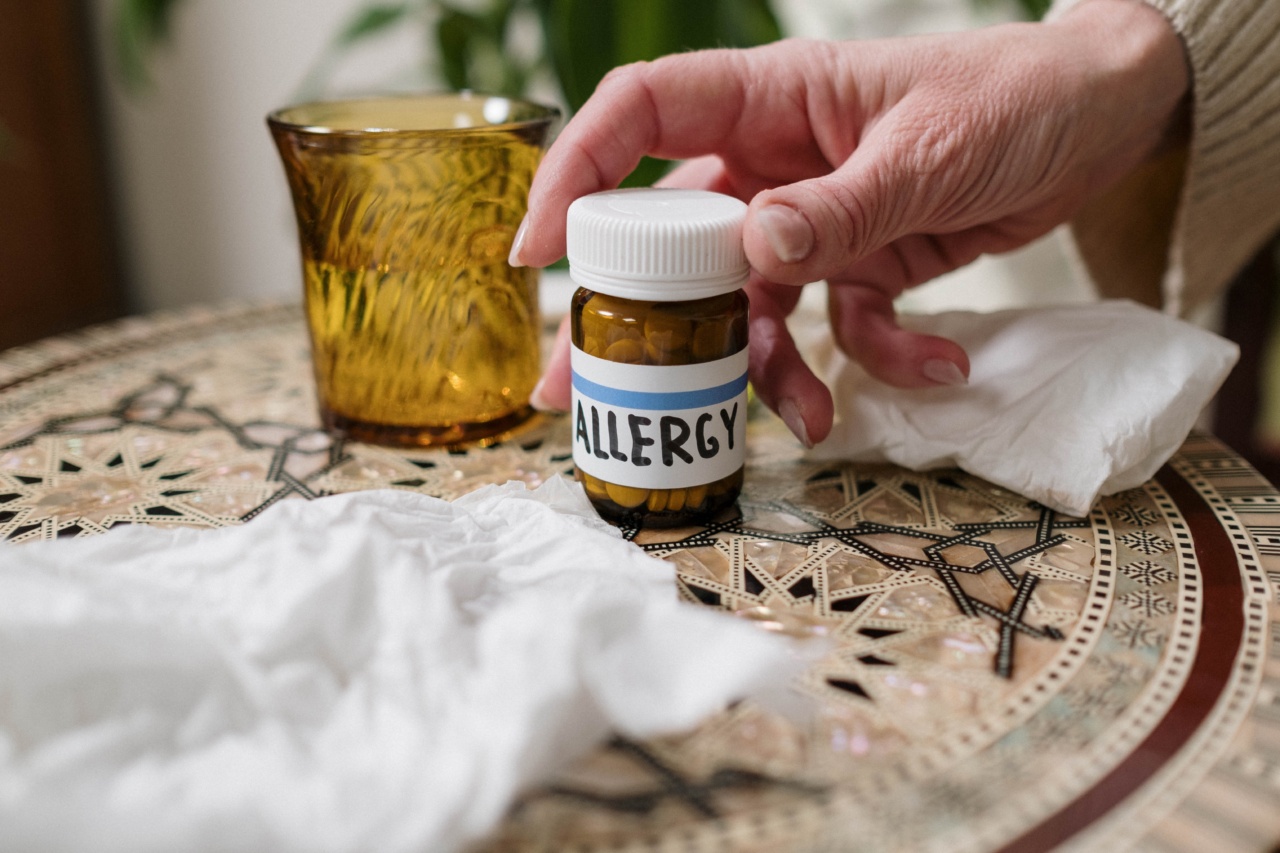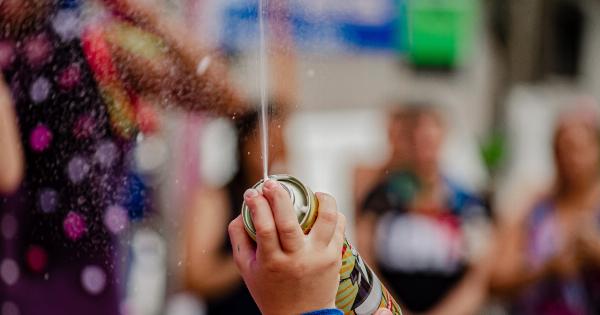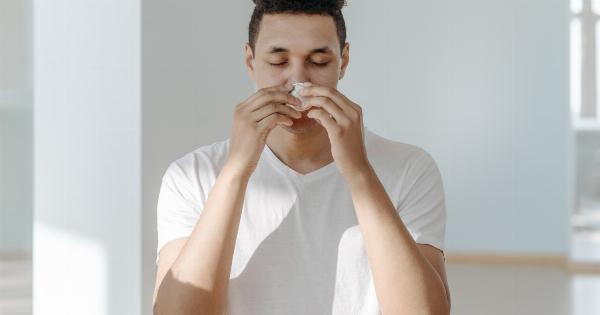Spring is a beautiful season that brings blooming flowers, lush greenery, and warmer weather. However, for some individuals, it also brings along the distressing symptoms of spring allergic conjunctivitis.
If you find yourself suffering from itchy, red, and watery eyes during the springtime, you may be experiencing this condition. In this article, we will explore the causes and treatments of spring allergic conjunctivitis, as well as ways to manage and prevent its symptoms.
What is Spring Allergic Conjunctivitis?
Spring allergic conjunctivitis, also known as hay fever or seasonal allergic rhinoconjunctivitis, is an eye condition characterized by inflammation of the conjunctiva.
The conjunctiva is the thin, transparent layer of tissue that covers the whites of the eyes and lines the inner surface of the eyelids. When the conjunctiva becomes irritated or inflamed due to an allergic reaction, it causes discomfort and various symptoms in the eyes.
Causes of Spring Allergic Conjunctivitis
Spring allergic conjunctivitis is primarily caused by allergic reactions to airborne substances known as allergens. These allergens are most prevalent during the spring season and may include:.
- Pollen: Pollen from trees, grasses, and weeds is a common allergen during the springtime. When pollen is inhaled or comes into contact with the eyes, it triggers an allergic response in susceptible individuals.
- Mold Spores: Mold spores are another common allergen that can cause allergic conjunctivitis. They are present in high levels during the spring, especially in damp areas or after rainfall.
- Dust Mites: Although dust mites are prevalent year-round, their effects can worsen during the spring due to increased humidity levels. Dust mite droppings contain allergenic proteins that can trigger allergic reactions in some people.
Symptoms of Spring Allergic Conjunctivitis
Individuals with spring allergic conjunctivitis may experience a variety of symptoms that affect the eyes. Some of the common symptoms include:.
- Itchy Eyes: The eyes may feel intensely itchy, leading to frequent rubbing or scratching.
- Redness: The whites of the eyes may appear red or bloodshot.
- Watery Eyes: Excessive tearing or a watery discharge from the eyes is a typical symptom of spring allergic conjunctivitis.
- Swelling: The eyelids may become swollen or puffy.
- Burning or Grittiness: Some individuals may experience a sensation of burning or grittiness in their eyes.
- Light Sensitivity: Increased sensitivity to light, also known as photophobia, can be a bothersome symptom.
Treatment Options for Spring Allergic Conjunctivitis
When it comes to managing spring allergic conjunctivitis, several treatment options are available to alleviate symptoms and improve comfort. These include:.
- Antihistamine Eye Drops: These eye drops contain antihistamines that help reduce itching, redness, and watering of the eyes.
- Mast Cell Stabilizers: Mast cell stabilizing eye drops work by preventing the release of histamines and other inflammatory mediators, providing relief from symptoms.
- Non-Steroidal Anti-Inflammatory Drugs (NSAIDs): NSAID eye drops can help reduce inflammation and relieve discomfort in the eyes.
- Steroid Eye Drops: In severe cases, a short course of steroid eye drops may be prescribed to alleviate inflammation and severe symptoms.
- Oral Antihistamines: Oral antihistamines can provide relief from overall allergy symptoms, including itchy and watery eyes. However, they may cause drowsiness in some individuals.
- Cool Compresses: Applying cool compresses to the eyes can soothe inflammation and provide temporary relief.
- Avoidance of Triggers: Minimizing exposure to allergens by staying indoors on high pollen count days and keeping windows closed can help reduce symptoms.
Managing and Preventing Symptoms
In addition to the treatment options mentioned above, certain lifestyle changes and precautions can help manage and prevent the symptoms of spring allergic conjunctivitis. Consider the following:.
- Wear Sunglasses: Wearing sunglasses can protect the eyes from pollen and other allergens while outdoors.
- Keep Windows Closed: Keep windows at home and in the car closed to prevent allergens from entering.
- Take Showers: Taking showers and washing your face and hair after spending time outdoors can remove allergens from your body.
- Use Air Purifiers: Air purifiers can help filter out allergens from indoor air, providing a more allergy-free environment.
- Clean Bedding Frequently: Regularly washing bedding in hot water can help eliminate dust mites and reduce allergic reactions.
- Avoid Rubbing Your Eyes: Rubbing your eyes can worsen the symptoms and potentially introduce more allergens into the eyes.
- Consult an Allergist: If your symptoms are severe or difficult to manage, it is advisable to consult an allergist for further evaluation and treatment options.
Conclusion
Spring allergic conjunctivitis can be highly disruptive and uncomfortable, but with appropriate treatment and preventive measures, its impact can be minimized.
Understanding the causes and available treatment options empowers individuals to take control of their eye health during the spring season. If you are experiencing symptoms of spring allergic conjunctivitis, consult with an eye care professional or allergist to develop a personalized treatment plan that suits your needs.
By effectively managing your eye allergies, you can fully enjoy the beauty and wonders of spring.





























